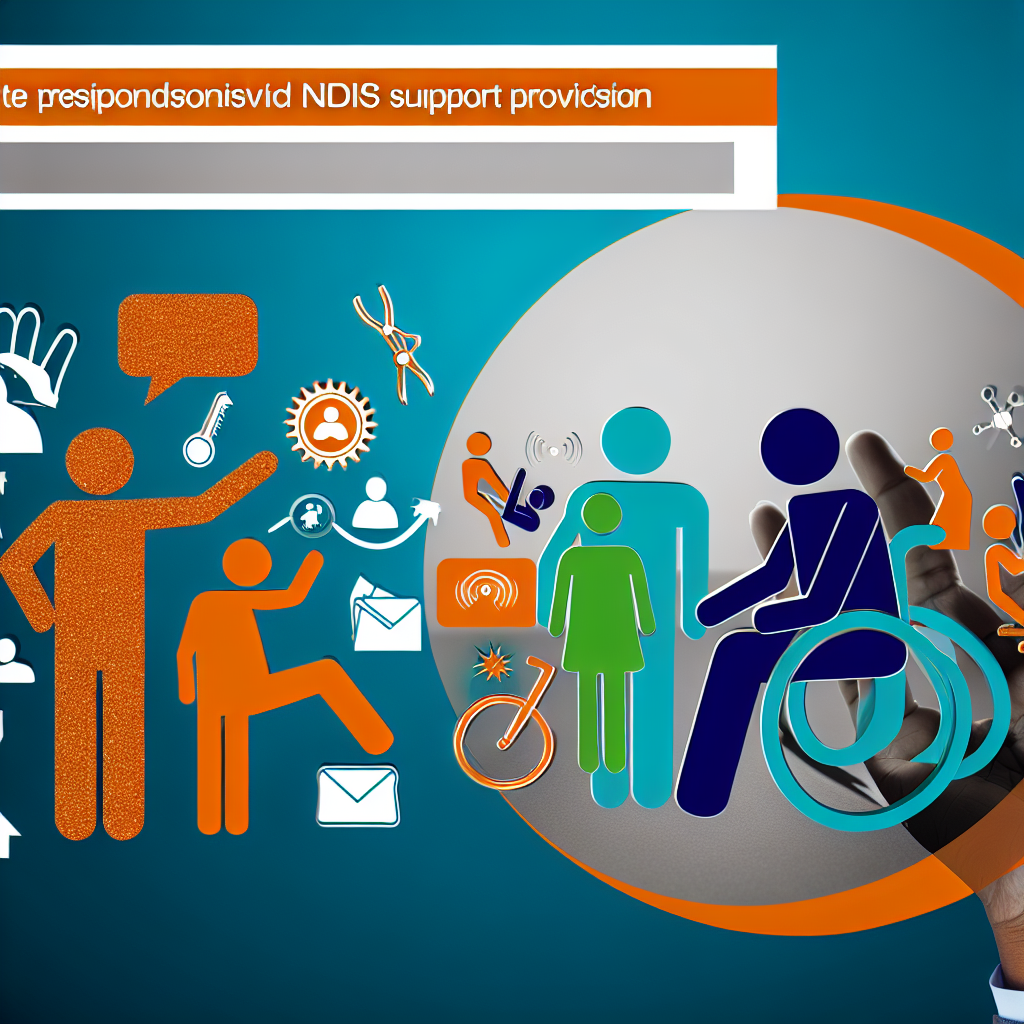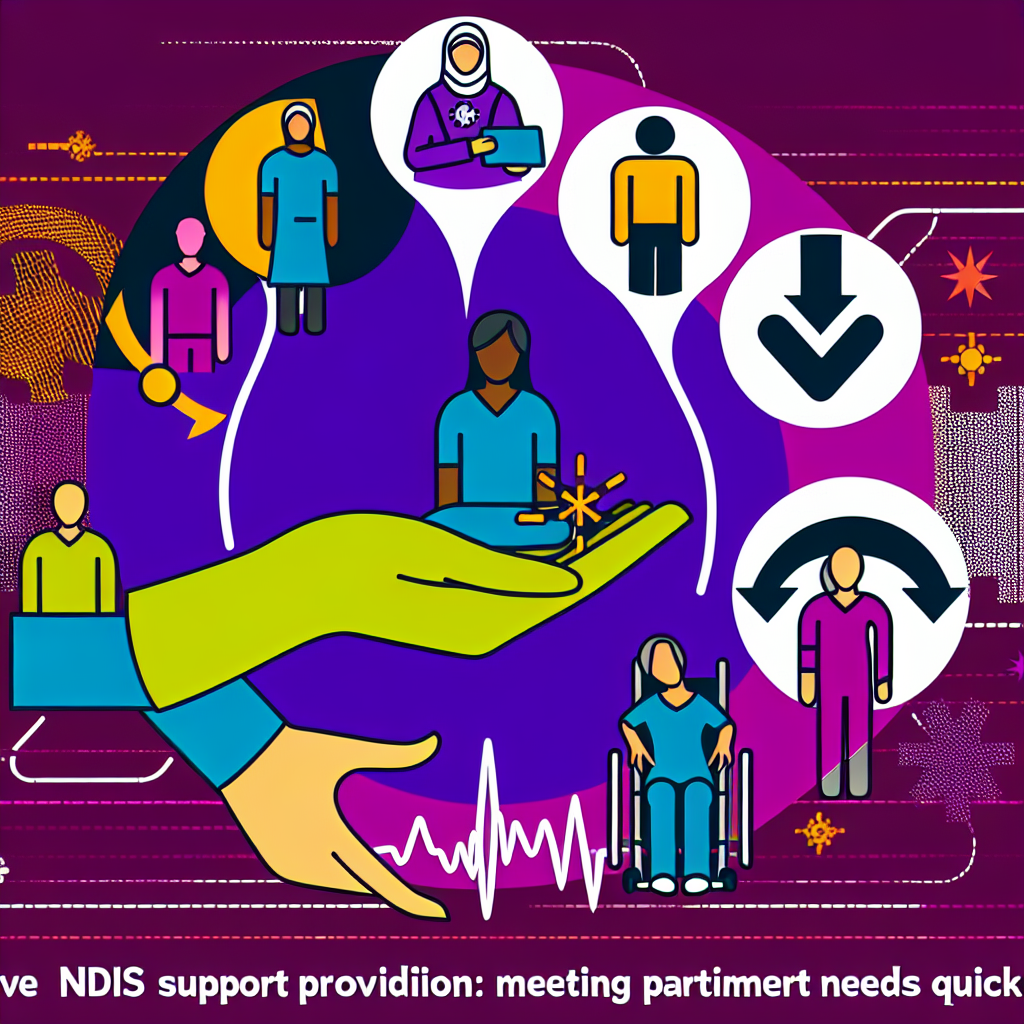The National Disability Insurance Scheme (NDIS) in Australia aims to provide support to individuals with disabilities, ensuring their independence and quality of life. Despite its noble vision, the NDIS is not without its challenges and gaps. These issues highlight the areas that still need significant changes to achieve a more efficient and equitable system. In this blog post, we explore the complexities surrounding the NDIS and examine what still needs to change to overcome these hurdles.
The Current Landscape of the NDIS
Launched in 2013, the NDIS has been a transformative reform for Australians living with disabilities. By providing funding directly to eligible individuals, the scheme allows for greater autonomy in choosing the services and support they require. As of now, the NDIS supports over 400,000 participants, a number that continues to grow.
Despite the substantial impact of the NDIS, several challenges and gaps within its framework pose significant barriers to achieving its full potential.
Key Challenges Facing the NDIS
Complexity and Accessibility Issues
One of the most significant challenges within the NDIS is its complexity. The application process can be daunting, with participants needing to navigate through extensive paperwork and requirements just to access the scheme. This complexity can be overwhelming for many, especially those with cognitive disabilities or limited support networks.
Moreover, the accessibility of information remains a concern. Many participants and their families still struggle to understand the nuances of the NDIS, from eligibility criteria to available supports. The lack of clear, easily accessible information contributes to frustration and potential underutilization of available resources.
Inconsistent Funding and Services
The inconsistency in funding and services across different regions is another critical issue. While the NDIS aims to provide equitable support, variations in how funds are allocated and services are provided often lead to discrepancies in the level of care participants receive. Some regions have better access to services and providers, while others face shortages and longer wait times, creating a significant gap in support quality.
Long Wait Times for Approval and Access
Due to the high demand for services, many participants face long wait times for approval and access to the NDIS. These delays can be particularly challenging for those requiring urgent support. In some cases, participants have waited months, even years, to receive the necessary funding, hindering their ability to achieve desired outcomes in a timely manner.
Addressing the Gaps: What Needs to Change?
Simplifying the Application Process
To enhance accessibility, simplifying the NDIS application process should be a priority. Implementing a more user-friendly system, perhaps through digital platforms with intuitive interfaces, could reduce the burden on applicants. Additionally, providing transparent, easily understandable guidelines and support during the application process can empower participants and their families to engage with the NDIS more effectively.
Improving Information Accessibility
Addressing the information gap is crucial. Developing comprehensive resources and user guides, available in multiple languages and formats (including braille and audio), can cater to diverse needs. Furthermore, increasing outreach programs and workshops to educate potential participants and stakeholders about the NDIS would enhance understanding and encourage wider participation.
Ensuring Equitable Funding and Service Distribution
Establishing a more uniform approach to funding allocation and service delivery is necessary to ensure equity across regions. The NDIS should work towards minimizing disparities by addressing regional shortages and exploring innovative models such as telehealth services to bridge the geographic divide.
Streamlining Approval Processes
Reducing the wait times for NDIS approvals and access is imperative. By investing in additional resources and staff, the NDIS can streamline its processes, allowing for quicker assessments and disbursements. Implementing technology-driven solutions, such as digital assessments and automated workflows, could also enhance efficiency and reduce delays.
Conclusion
The NDIS has undoubtedly transformed the landscape of disability support in Australia, yet significant challenges and gaps remain. Simplifying processes, improving accessibility to information, ensuring equitable service distribution, and streamlining approvals are critical changes needed to enhance the effectiveness of the NDIS. By addressing these issues, the scheme can better fulfill its promise of empowering individuals with disabilities, promoting their independence, and improving their quality of life.
In moving forward, continuous evaluation and adaptation of the NDIS framework will be essential. Stakeholders, including government bodies, service providers, and participants, must collaborate to foster a more inclusive, efficient, and responsive system.




